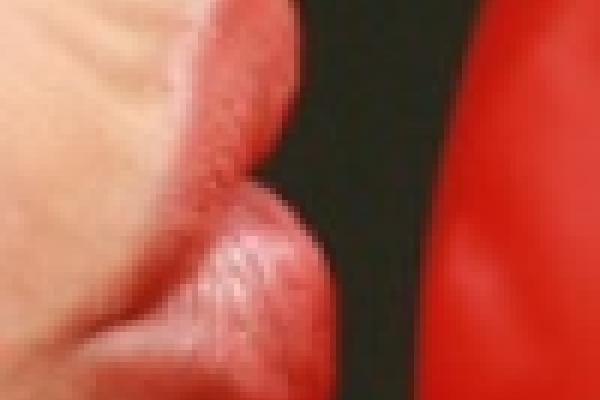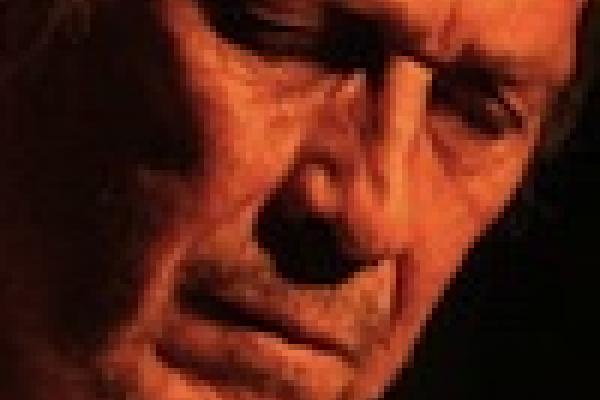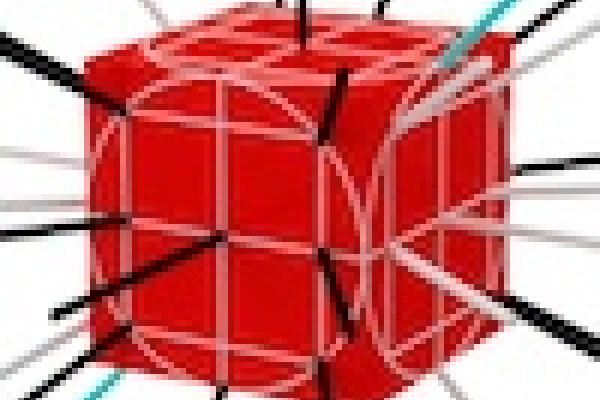Article

Article


Kissing the curve
Curves bring great beauty to our world. But how curvy is a curve?
Article

Patterns and structures
Patterns and structures lie at the heart of mathematics, some even say they are mathematics. But how do they help us do mathematics?
Article


From dancing alone, to dancing together
Many materials around us are oxides – such as rocks, window glass and some of the materials used in your computer. These materials may seem hard and rigid, but mathematics reveals a hidden flexibility that can explain many of their properties.
News story

El duende flamenco de Paco de Lucía
The funeral of the great flamenco guitarist Paco de Lucía this week reminded us of the mathematical and musical reasons we love flamenco.
Article

Why are we here?
David Sloan calculates how likely it is that our Universe exists. He explains to us how, and why the answer can help shape our theories of physics.
Article

Establishing the philosophy of cosmology
Do the dramatic advances in cosmology in the last century herald a new golden age of philosophy? A new collaborative project between cosmologists and philosophers is leading the way.
Article

Does it pay to be nice? – the maths of altruism part i
Does it pay to be nice? Yes, it does. And we're not just talking about that warm fuzzy feeling inside, it pays in evolutionary terms of genetic success too. We talk to Martin Nowak about how the mathematics of evolution prove that being nice is unavoidable.
Article

Does it pay to be nice? – the maths of altruism part ii
It does pay to be nice if you repeatedly deal with the same person. Martin Nowak explains why cooperation also wins in matters of reputation, neighbourliness and family. But can evolutionary game theory save the world?
Article

John Conway - discovering free will (part II)
In this, the second part of our interview, John Conway explains how the Kochen-Specker Theorem from 1965 not only seemed to explain the EPR Paradox, it also provided the first hint of Conway and Kochen's Free Will Theorem.
Article

John Conway – discovering free will (part I)
On August 19, 2004, John Conway was standing with his friend Simon Kochen at the blackboard in Kochen’s office in Princeton. They had been trying to understand a thought experiment involving quantum physics and relativity. What they discovered, and how they described it, created one of the most controversial theorems of their careers: The Free Will Theorem.
Article

John Conway – discovering free will (part III)
In this, the third part of our interview, John Conway continues to explain the Free Will Theorem and how it has changed his perception of the Universe.